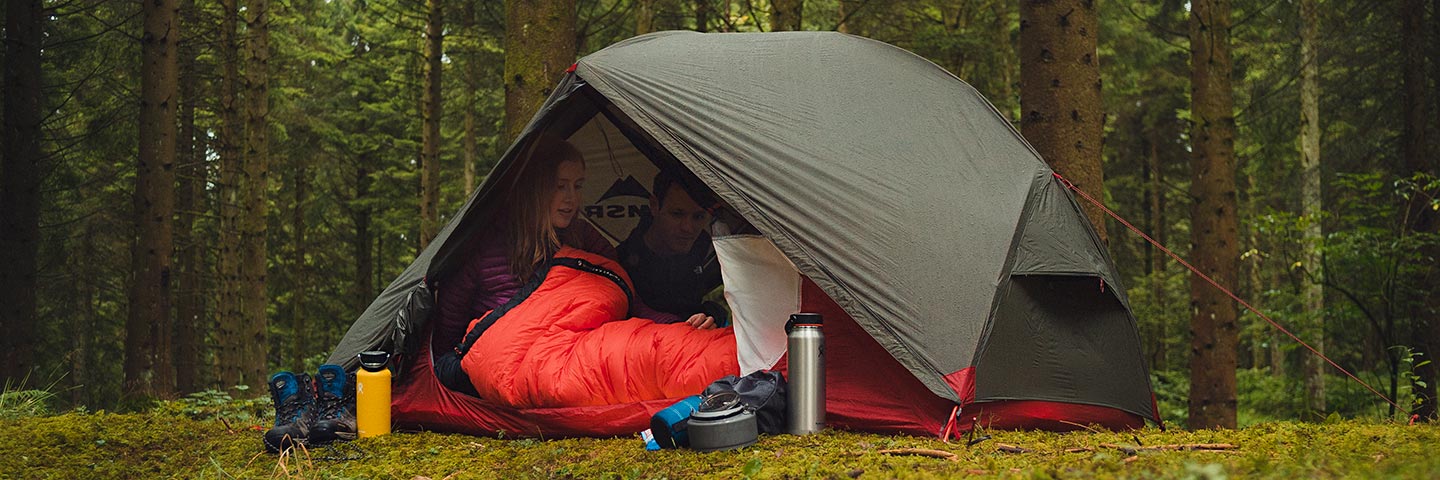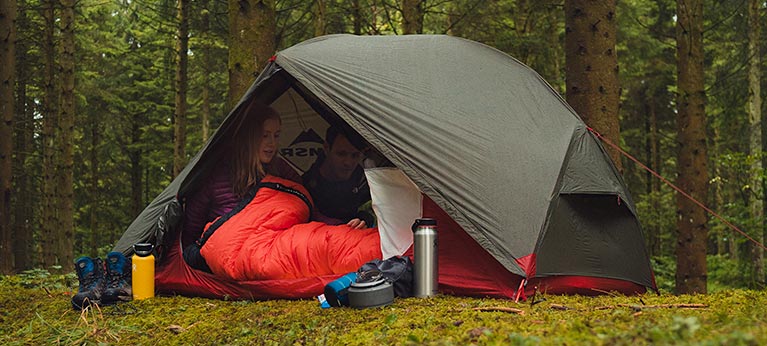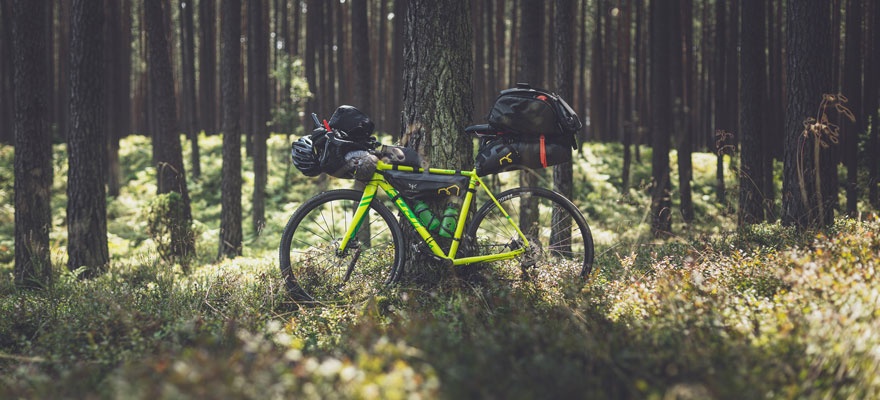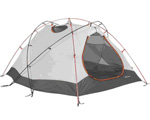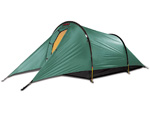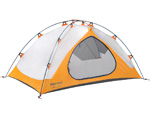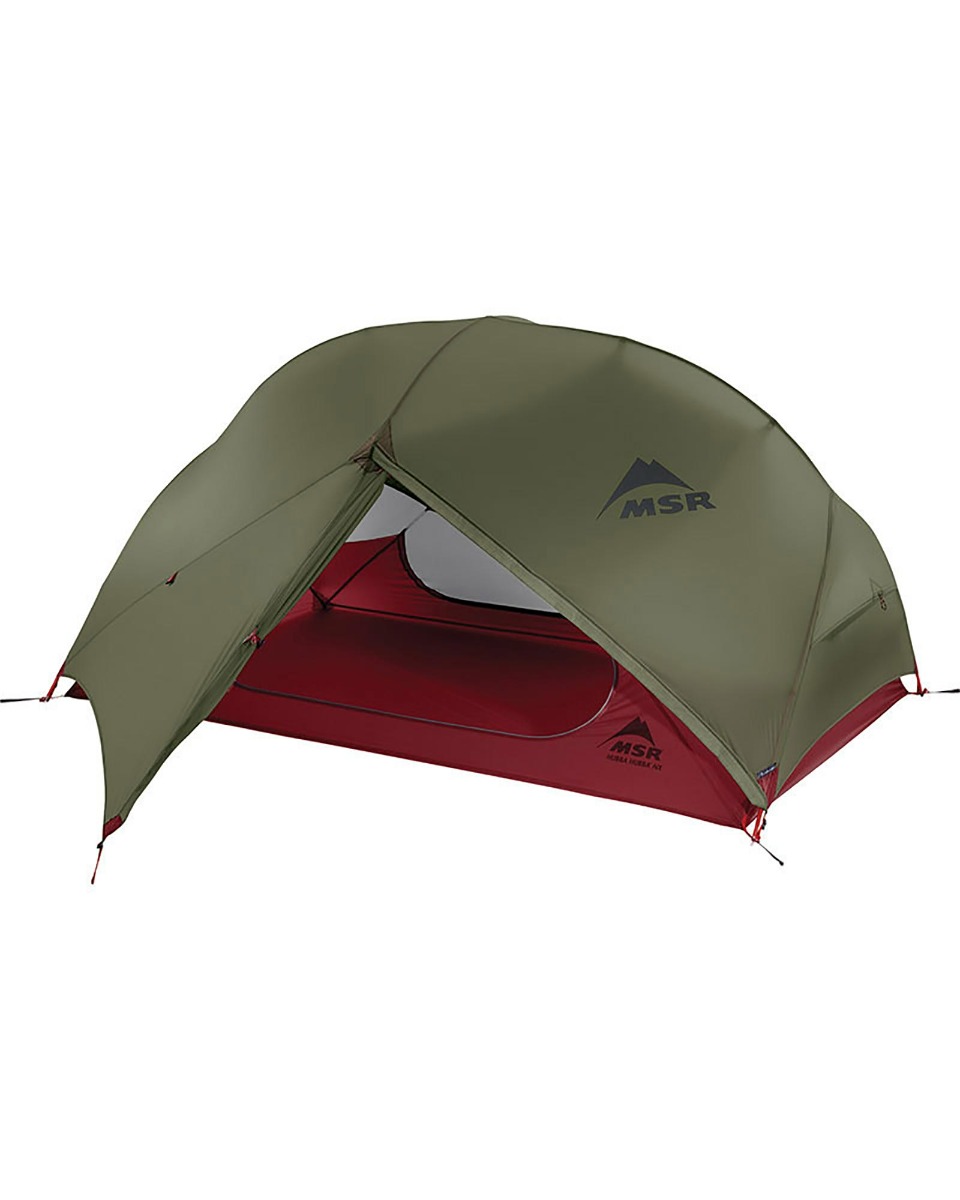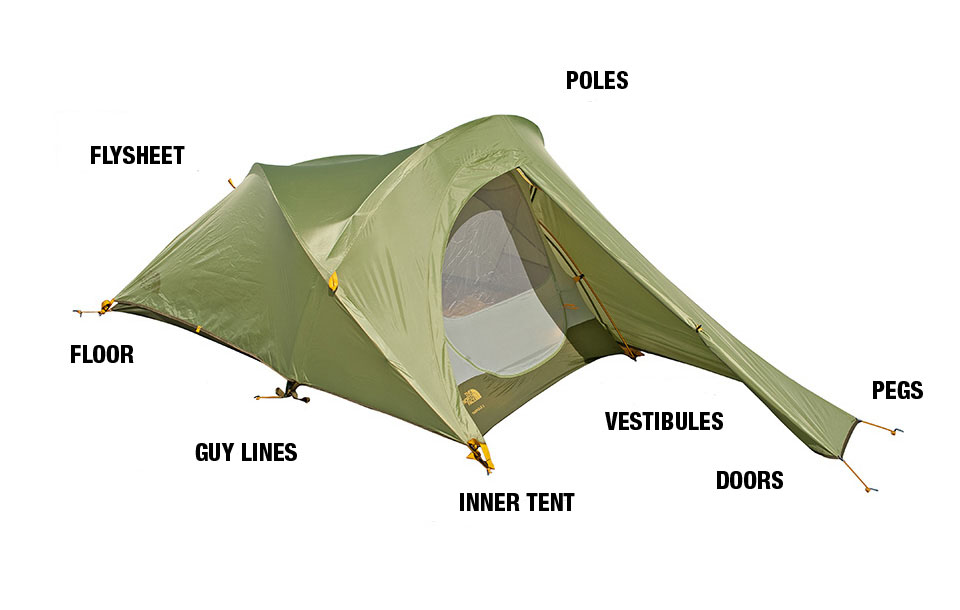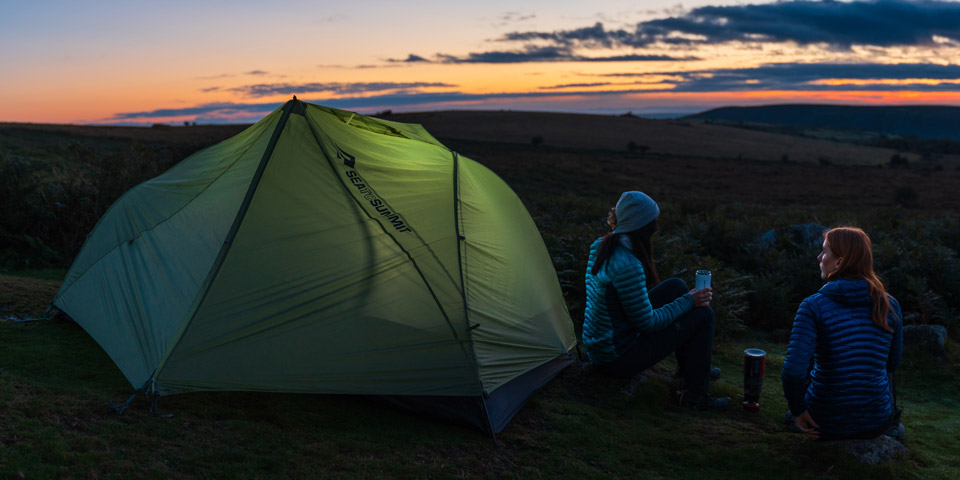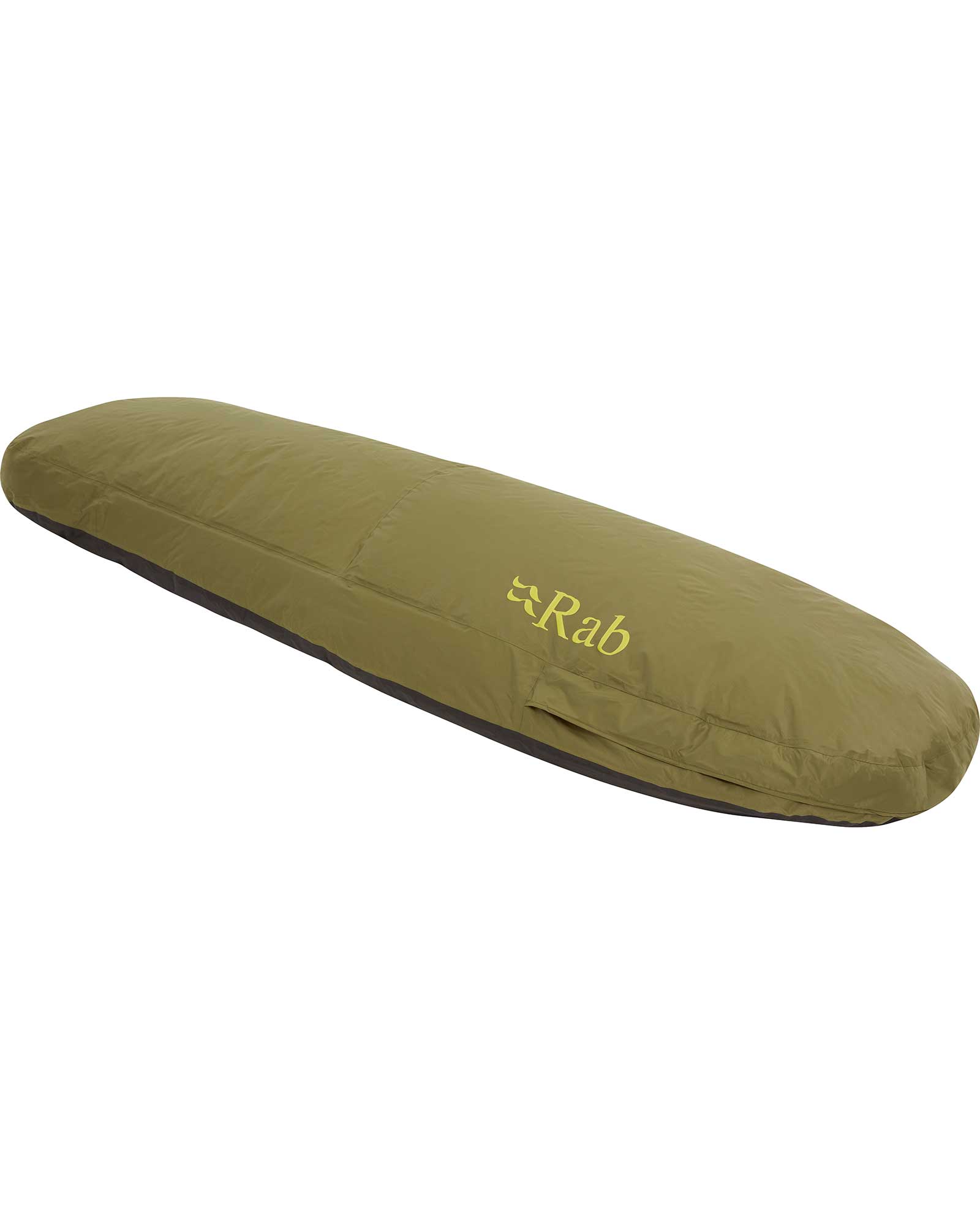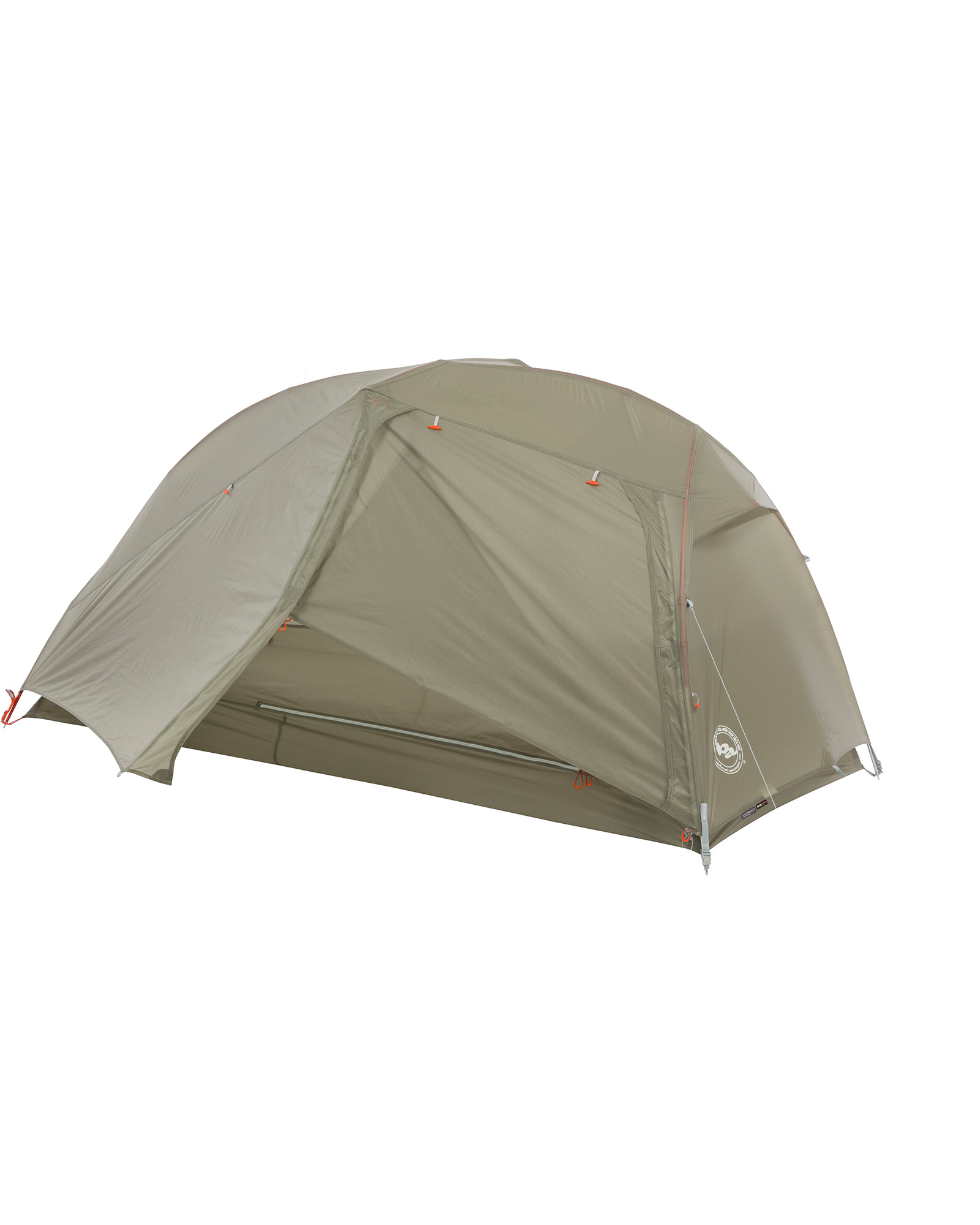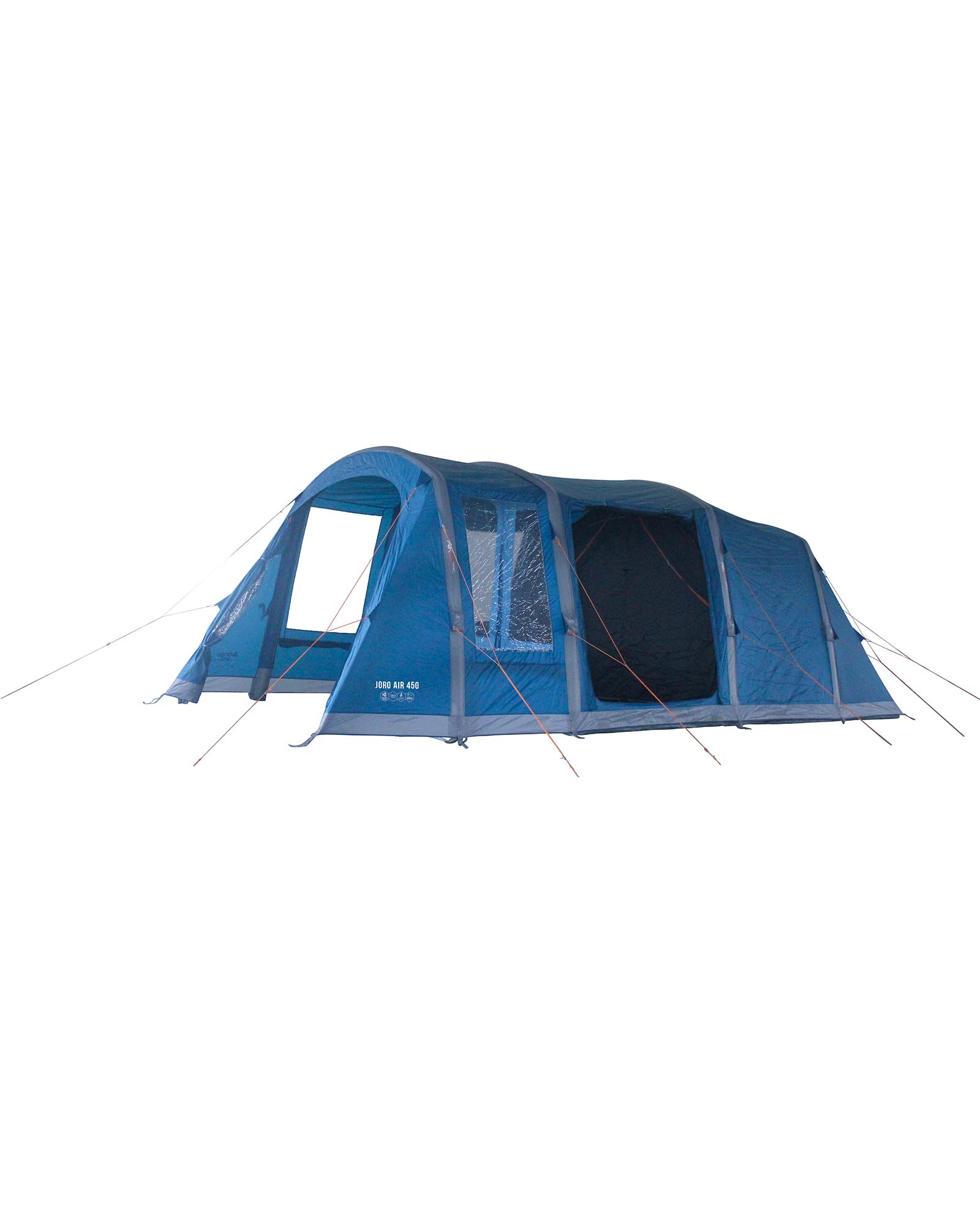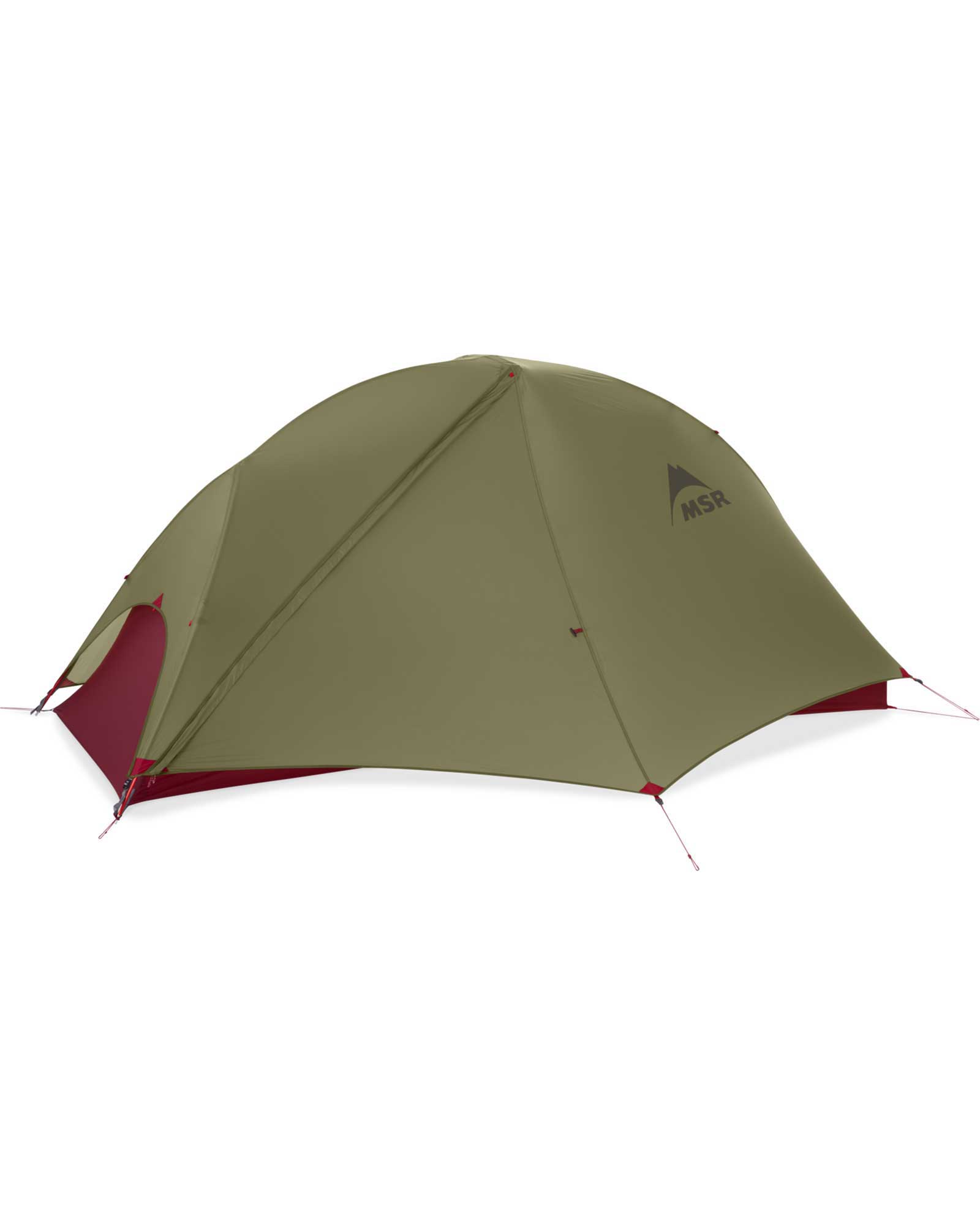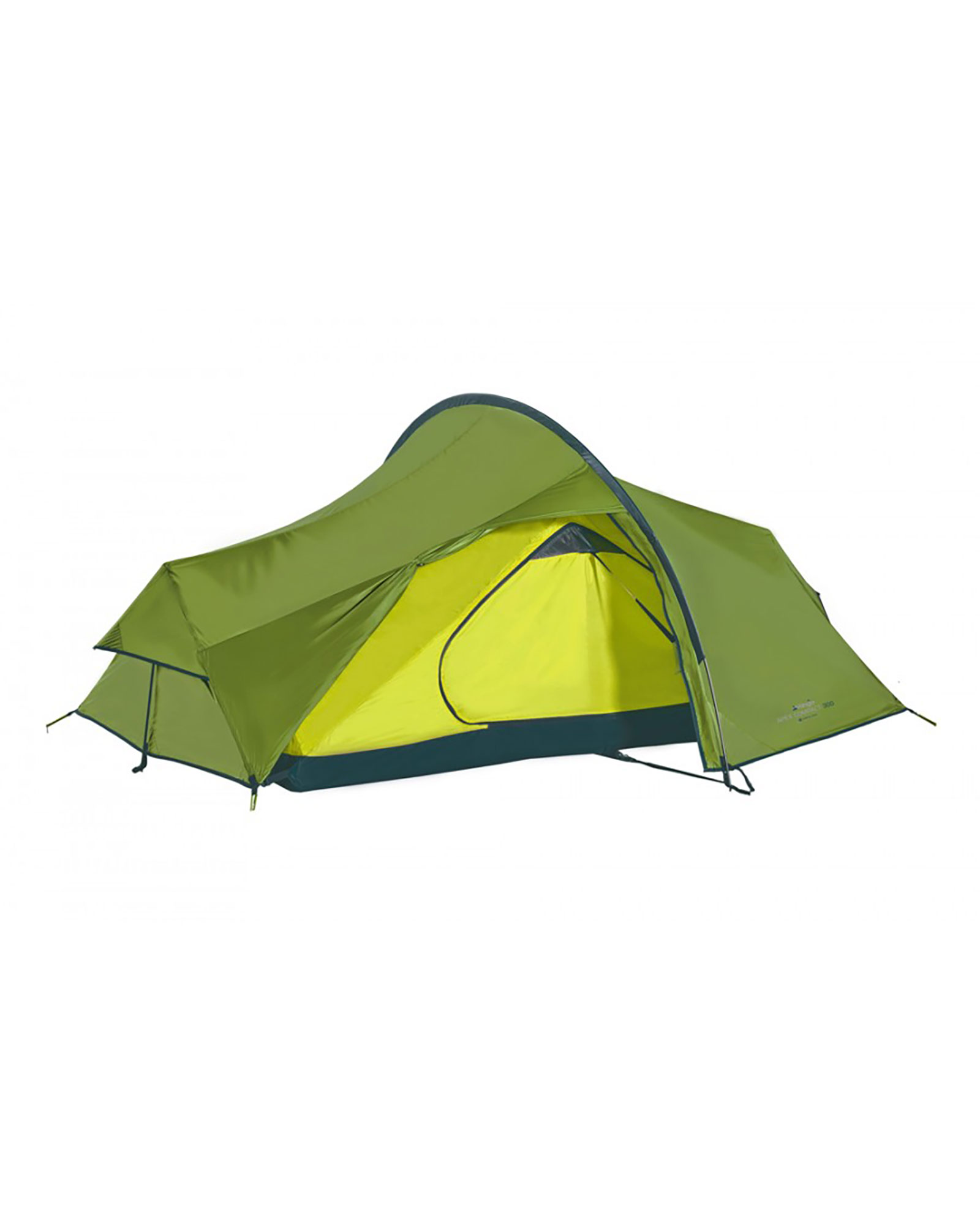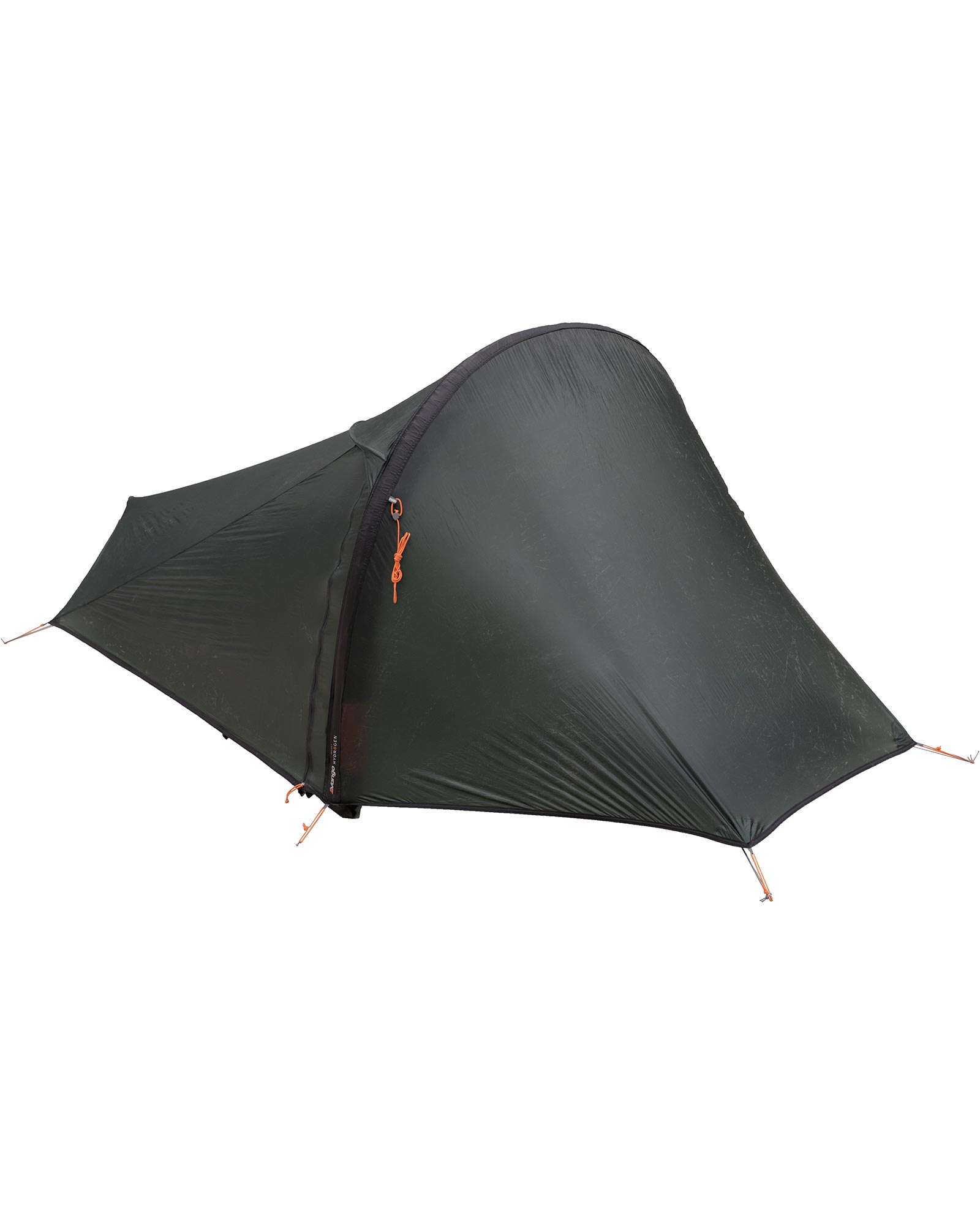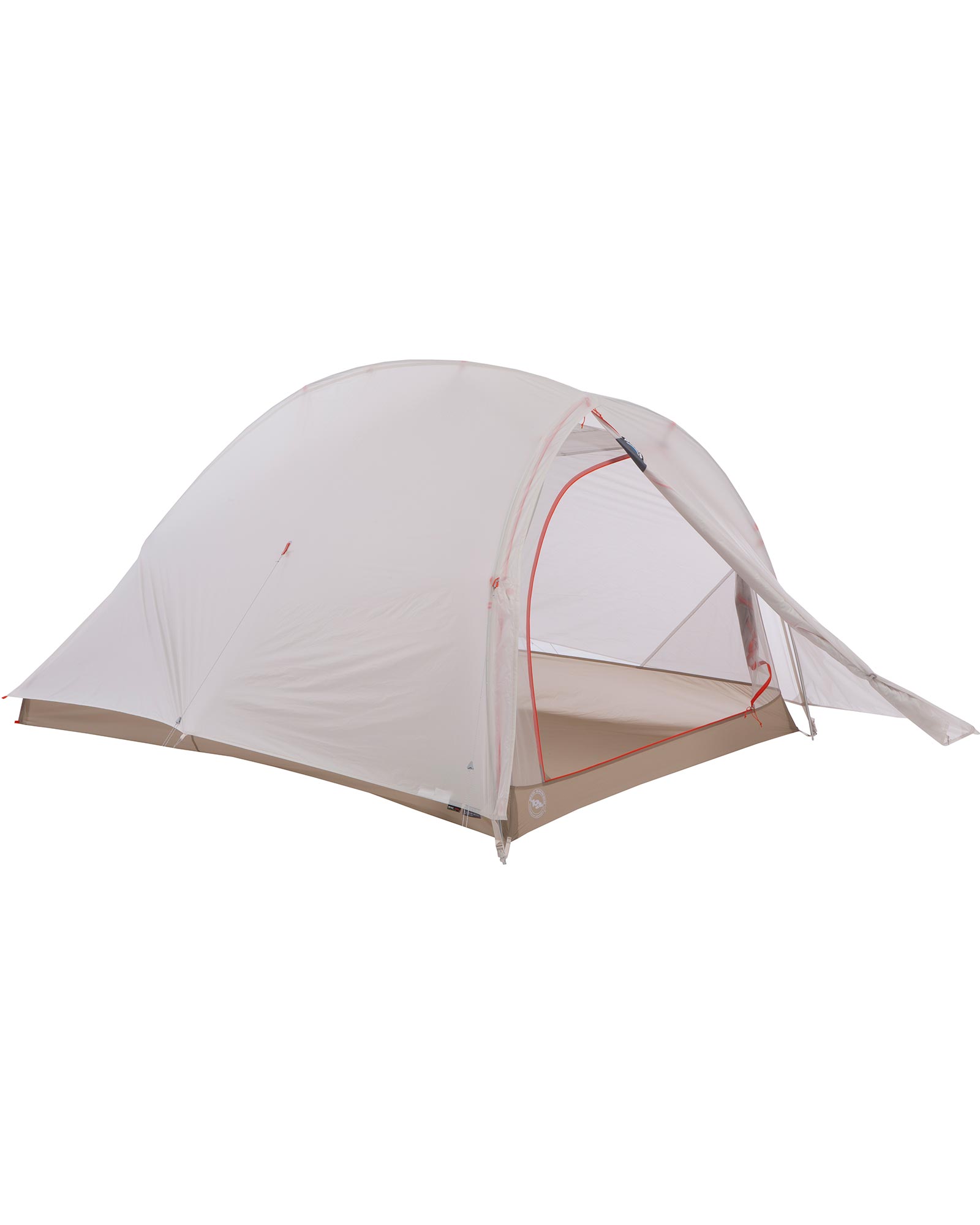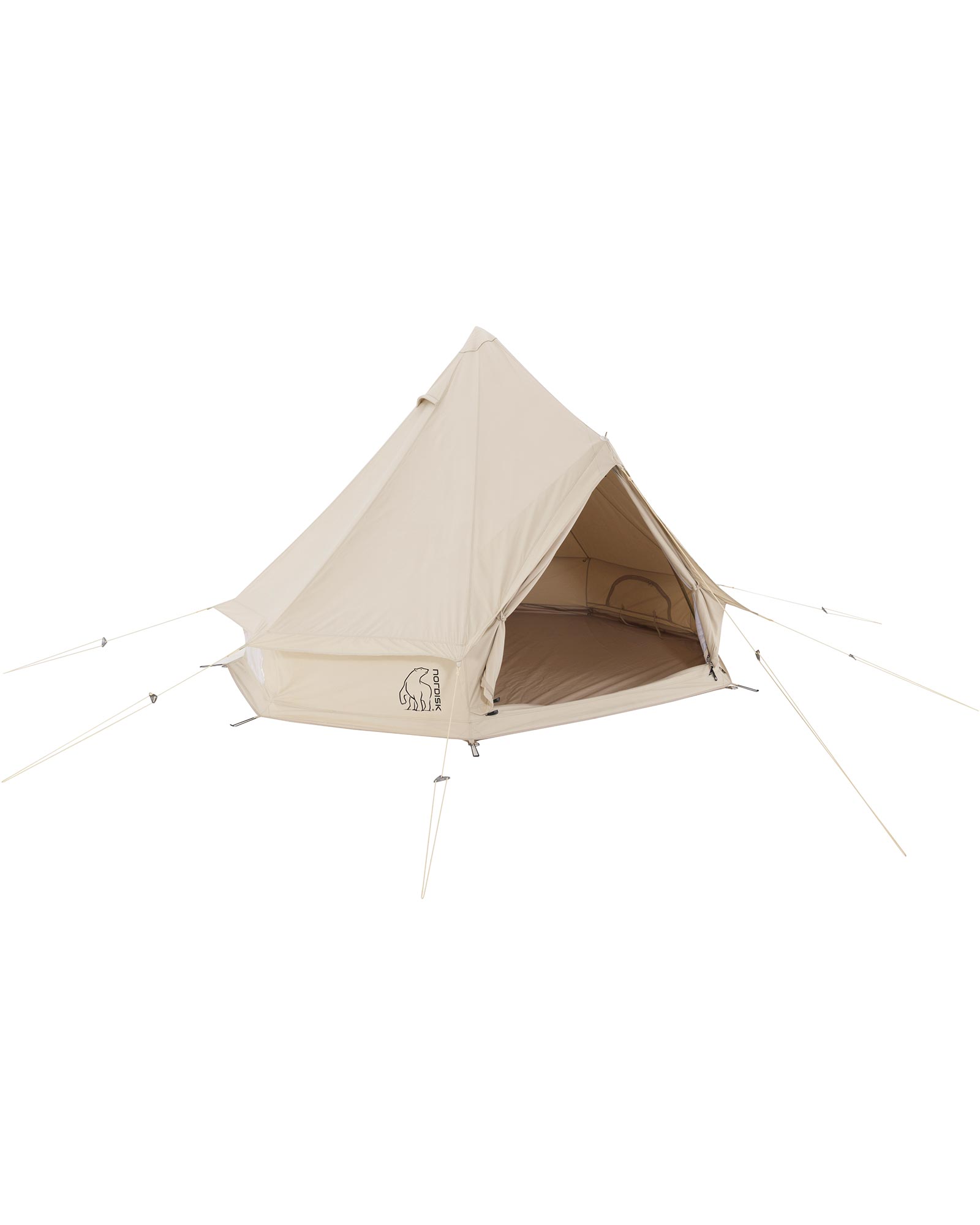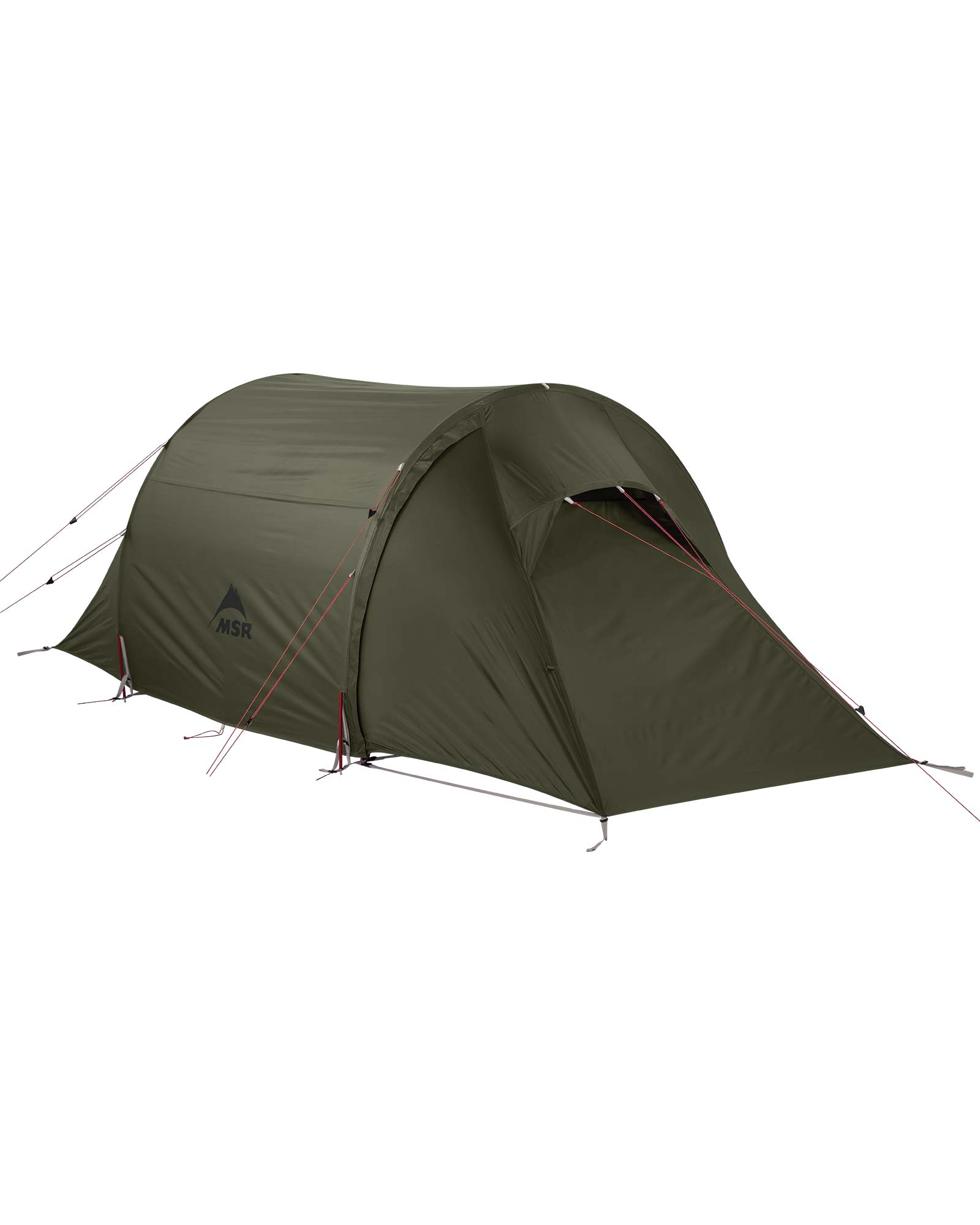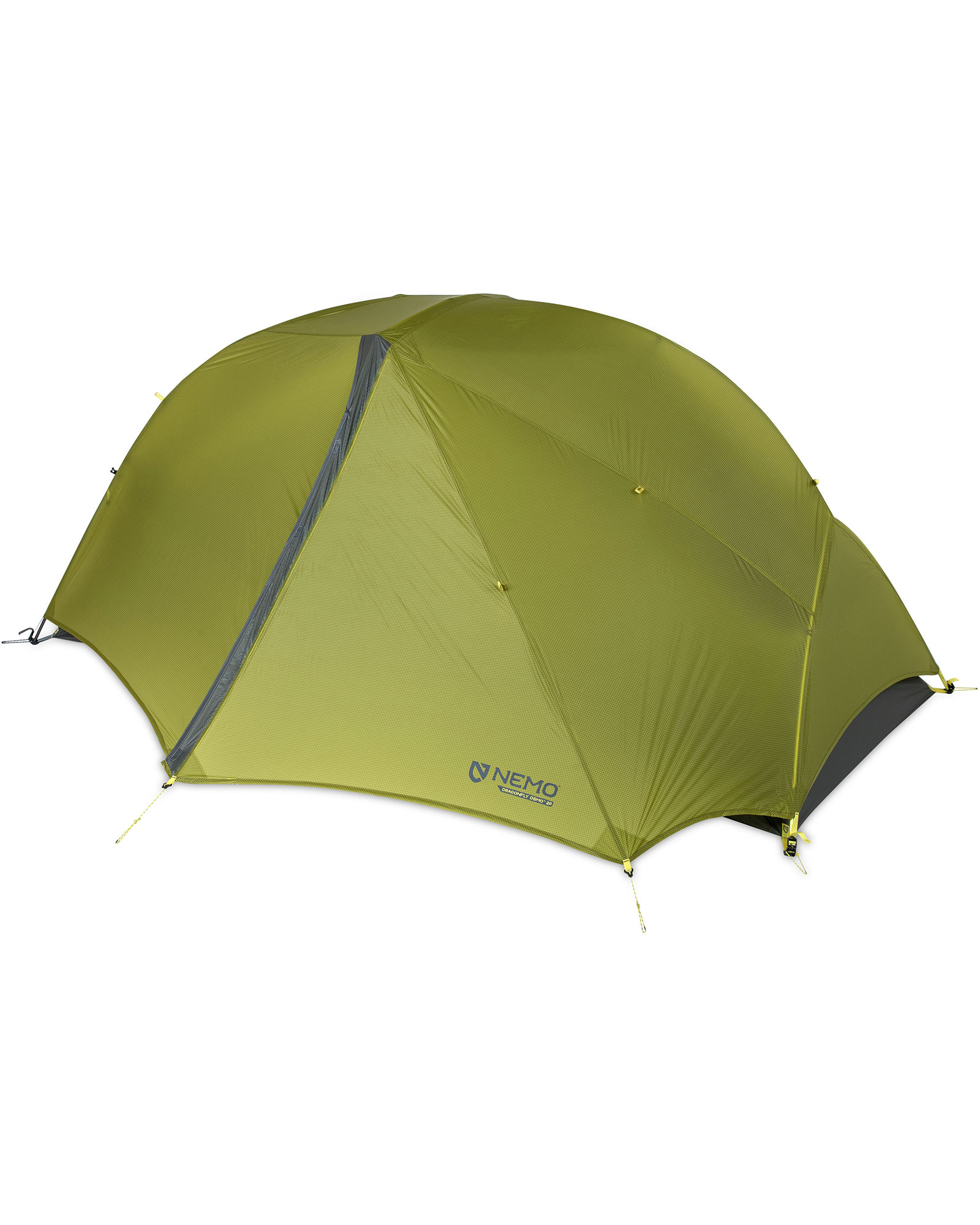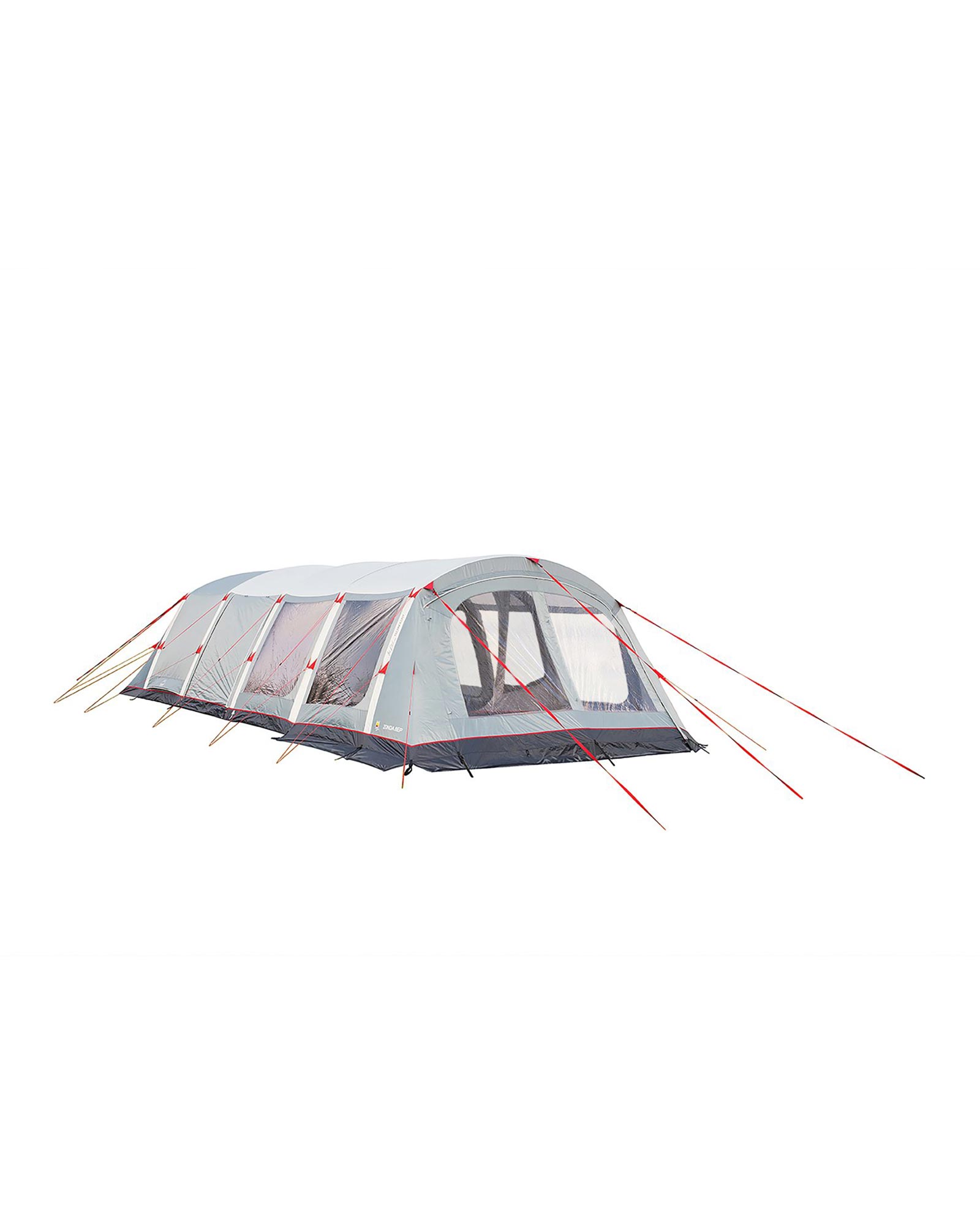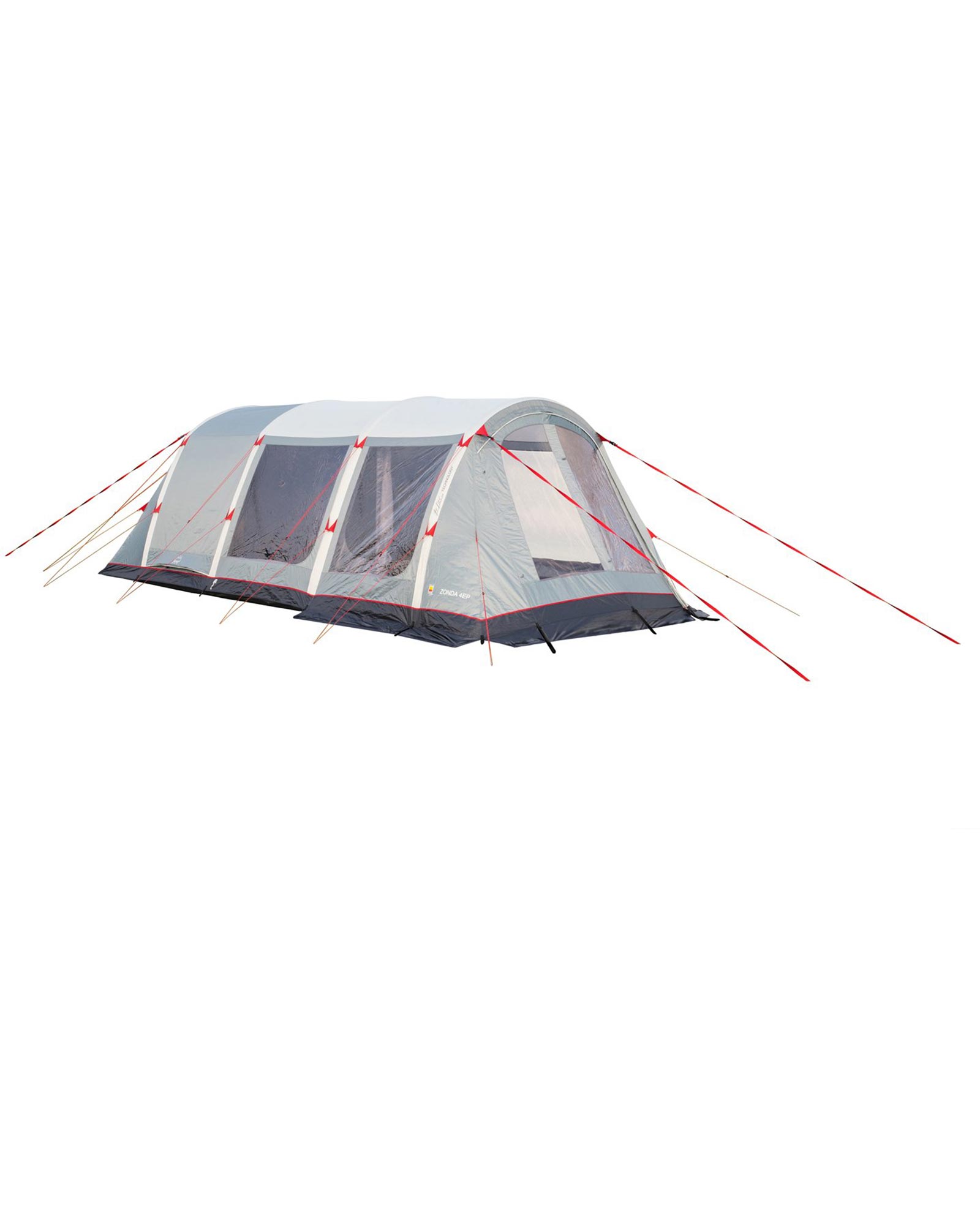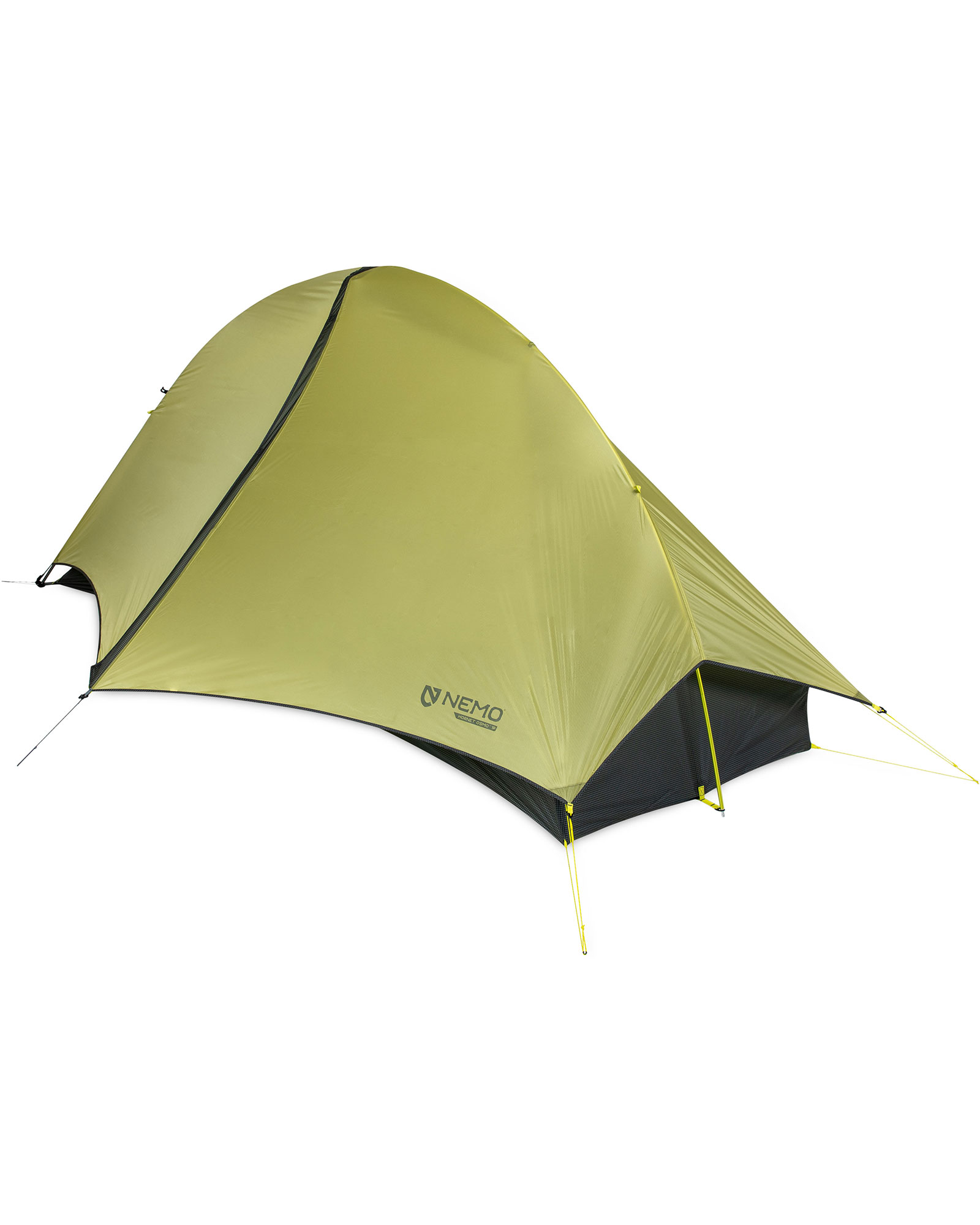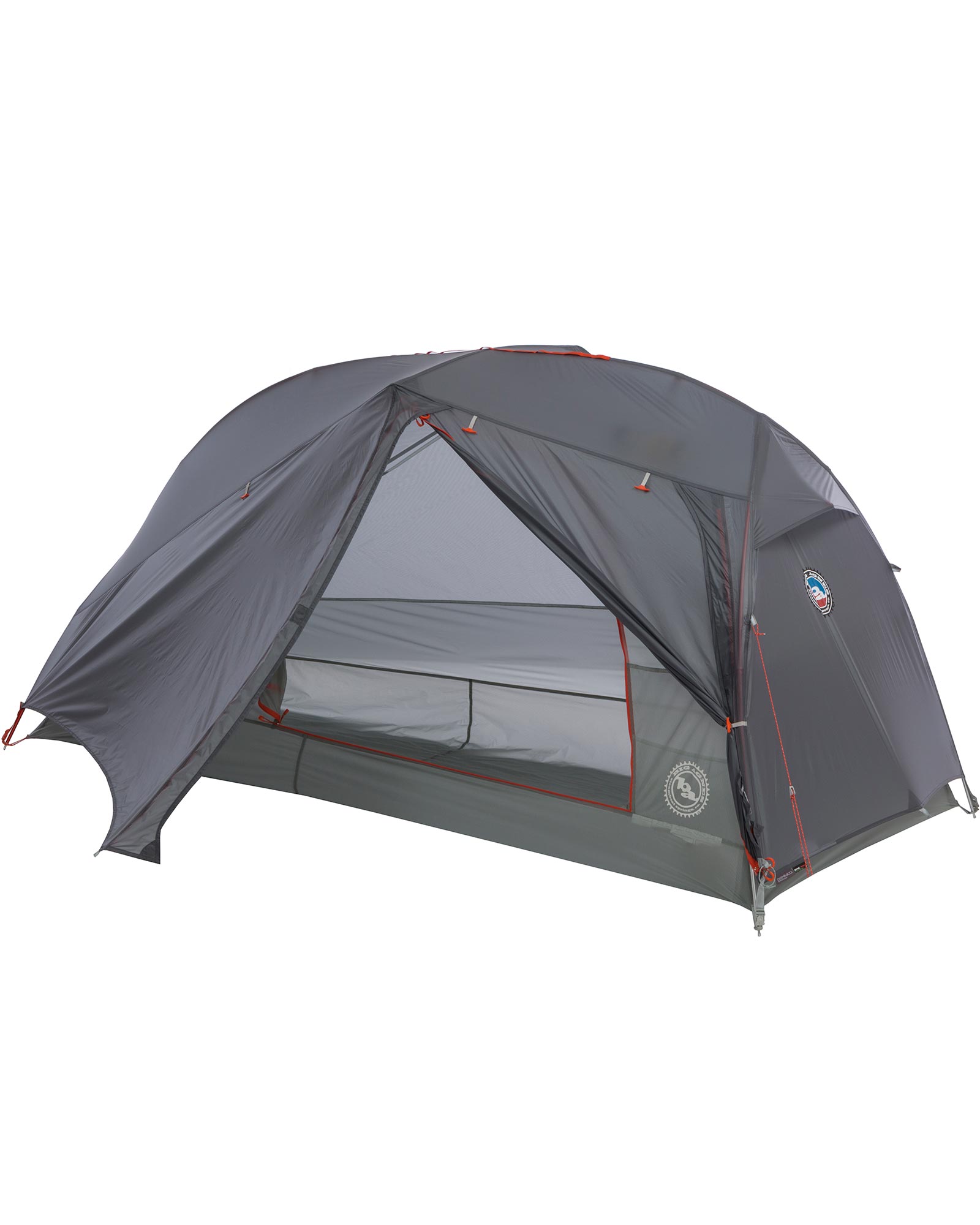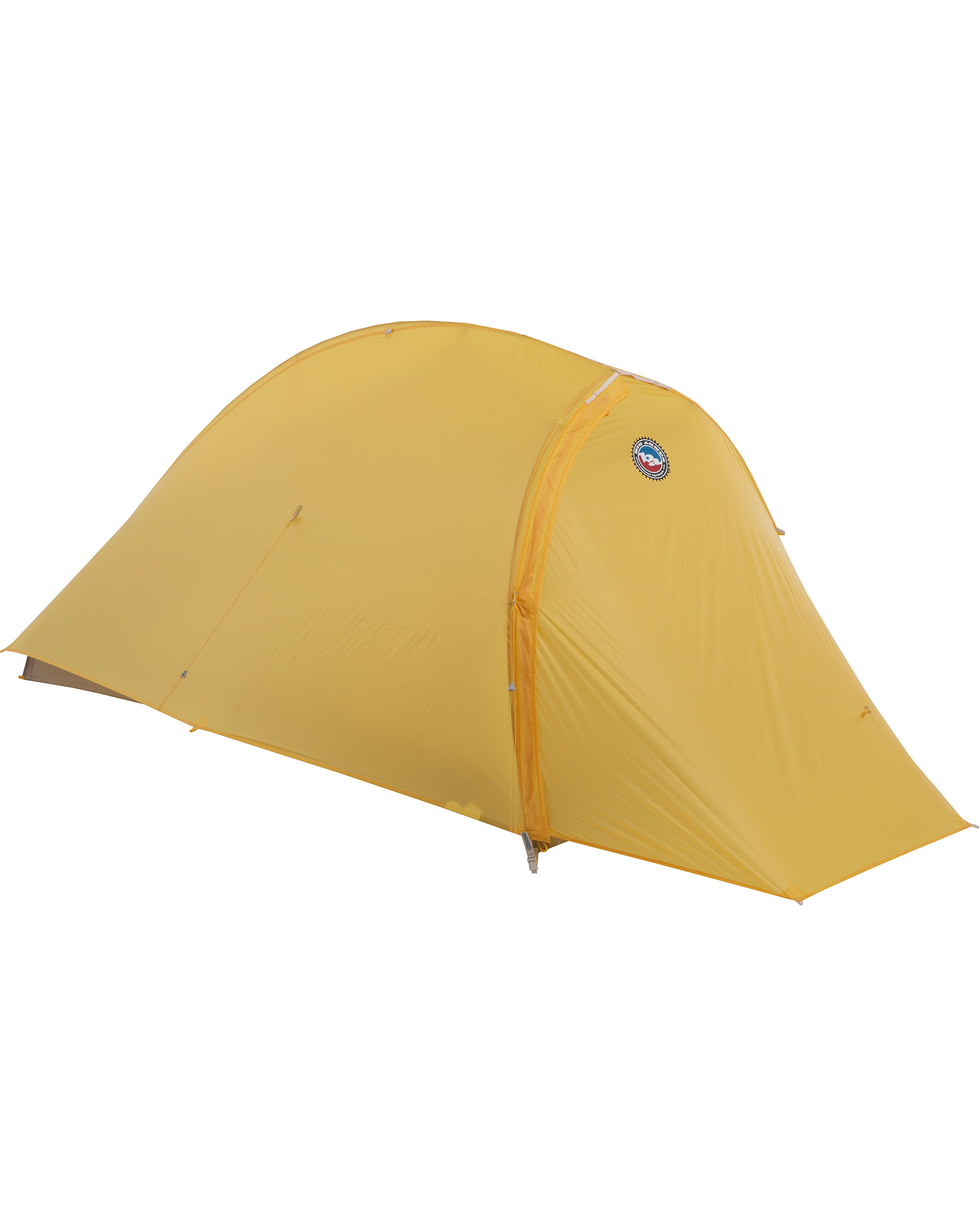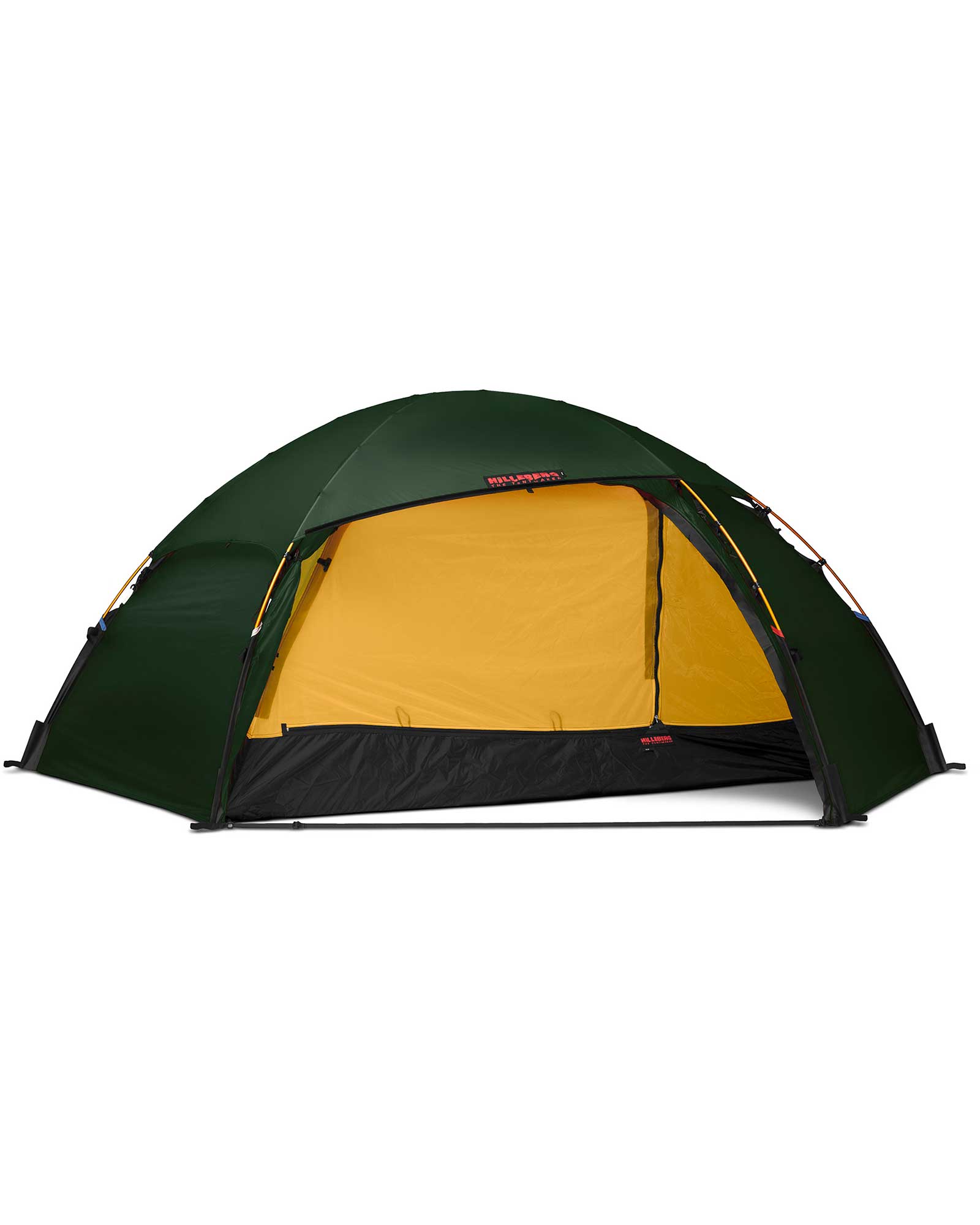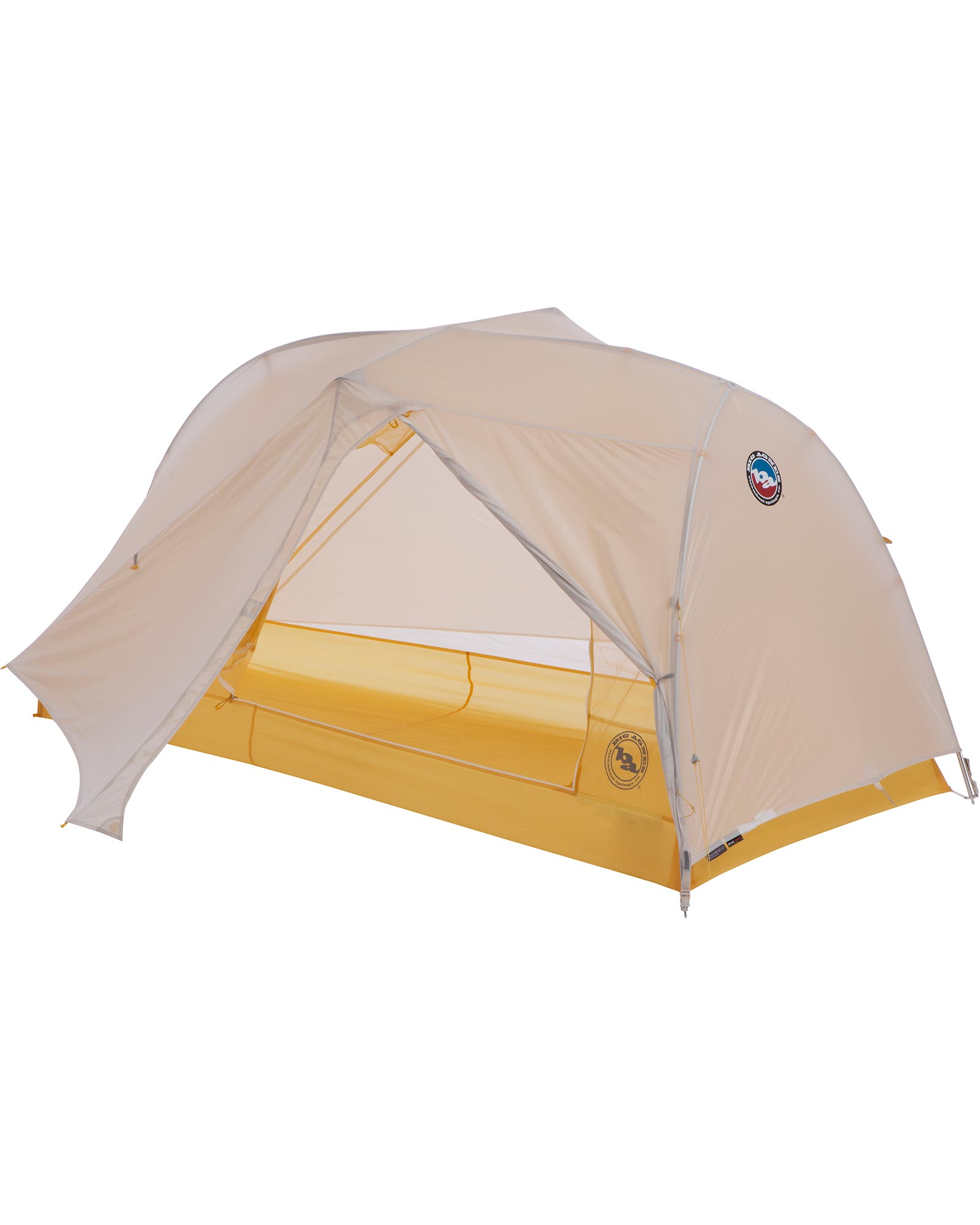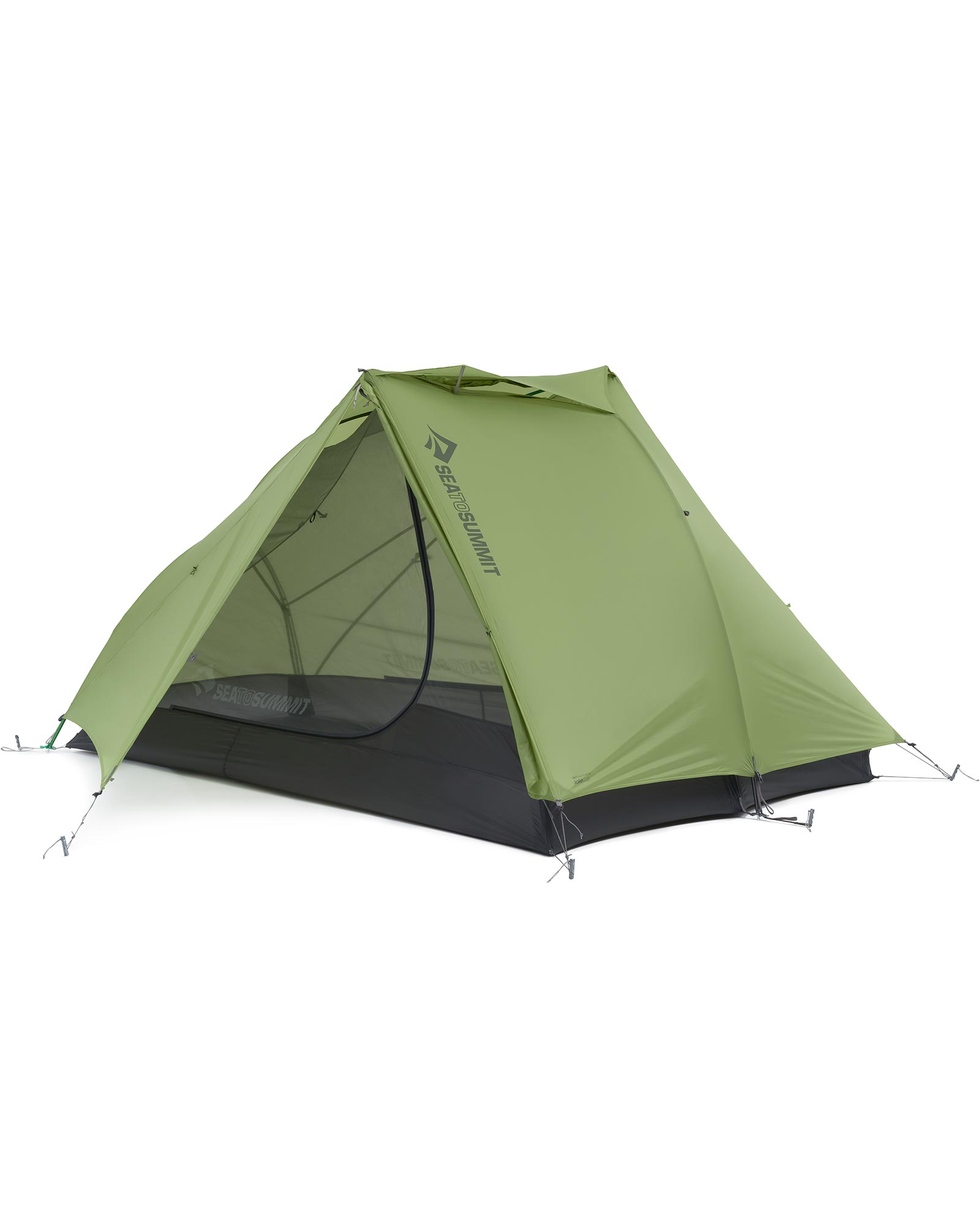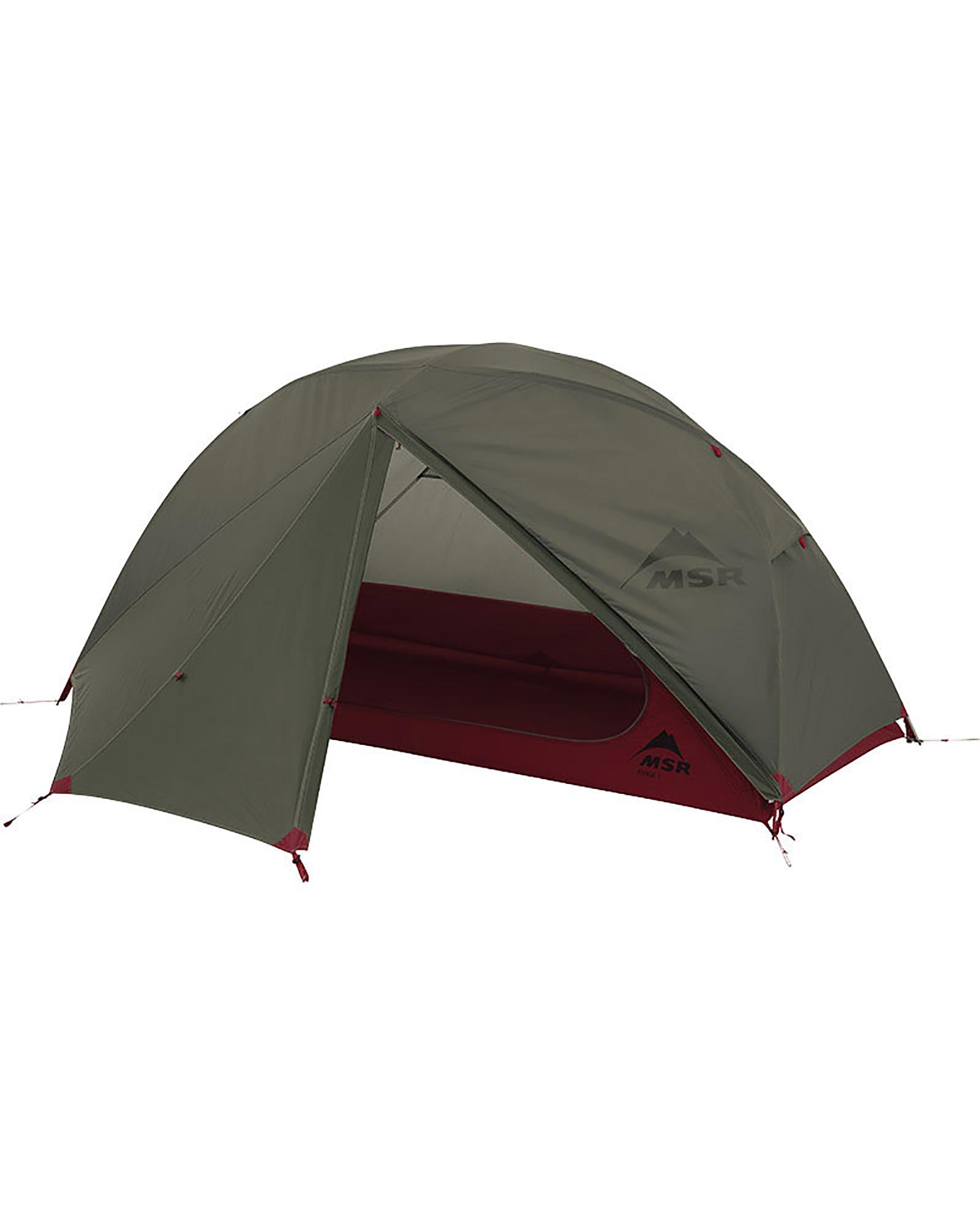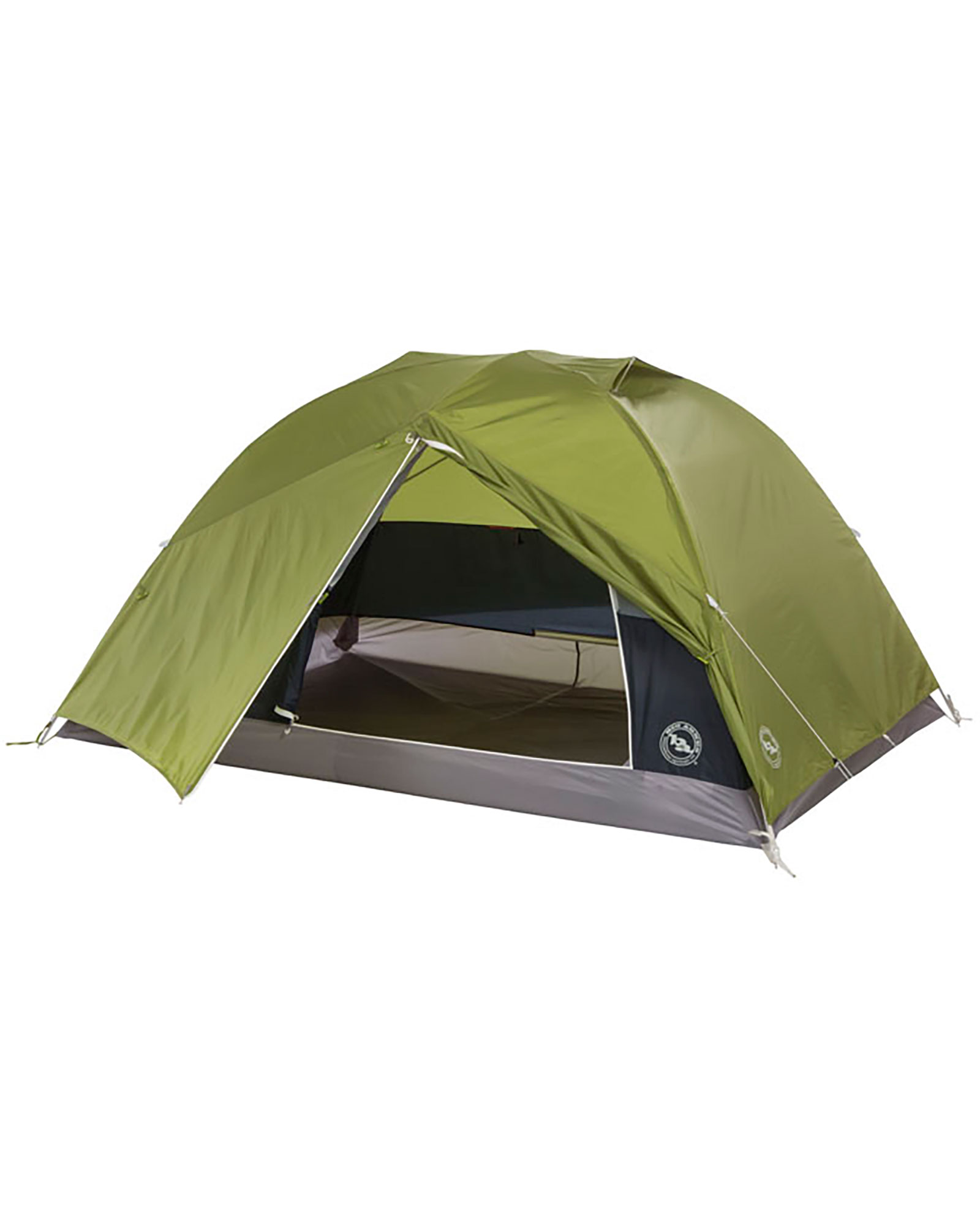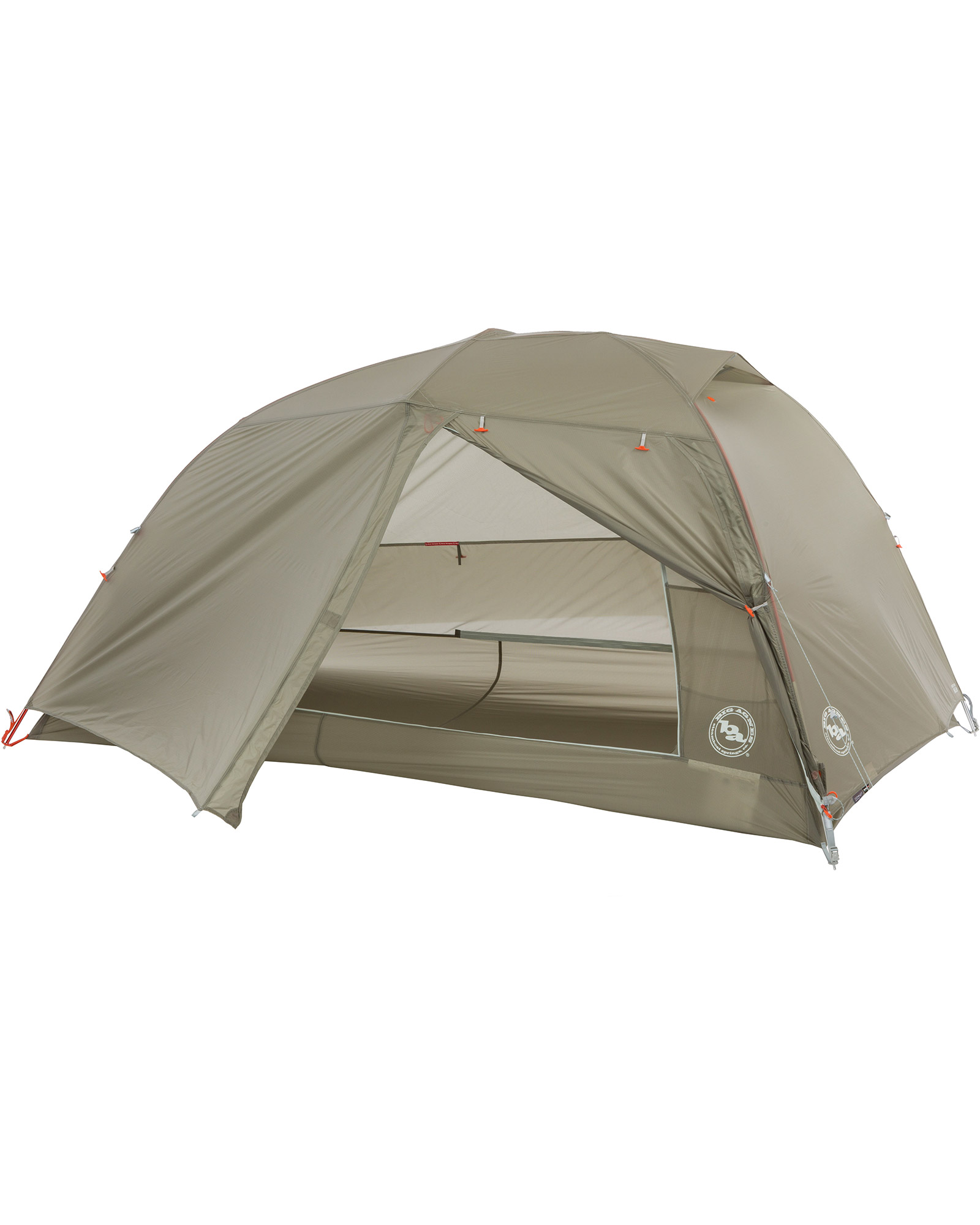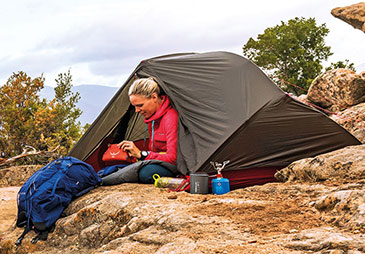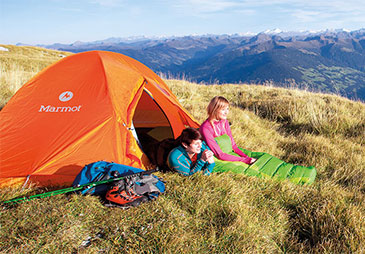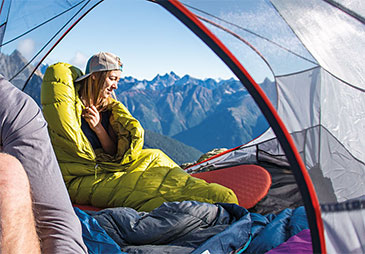Tent Buying Guide
Whether you're pitched up at your favourite family campsite, roughing it in a remote spot in the backcountry, or bracing against a blizzard at base camp, you must be able to rely on your tent.
Selecting the best tent for your chosen activity deserves careful consideration, especially when venturing off the beaten track where any failings can have serious consequences. To help you with this selection process we have organised our tent range into categories based on intended use. These categories each include a range of tents offering different design options so that you can tailor the tent to your specific needs.
Designed to cope with the harshest conditions imaginable, these tents will let you sit out the fiercest of storms. Constructed from incredibly strong but lightweight materials, their designs will shrug off snow and strong winds that would destroy lesser tents. Ideal for mountaineering trips, enduring expedition life or travelling in harsh winter conditions; tents in this category will provide you with the reliability you need.
Tents in this category have been designed to provide you with reliable, comfortable shelters when venturing off the beaten track. Utilising lightweight fabrics an innovative design features, these tents combine attractive pack weights with useable space. A range of designs allows you to tailor the tent to your specific needs: from roomy designs with good internal space, dual entrances and generous vestibules; to lighter designs that cut back on features to keep weight to an absolute minimum.
Our range of Campsite tents offer group and family-orientated models with the focus very much on providing comfort for practical outdoor living. With much more generous living space than other models in our tent range, these tents aren't designed to be carried far and so are perfect for classic car-camping trips. Made using quality materials and featuring simple, easy to pitch designs, these tents will allow you to get the most out of the great outdoors; and if bad weather does halt play, you can rest assured that they will keep you dry and comfortable.
In similarity to backpacking, lightweight and packable gear is key for bikepacking. So, aside from a bicycle (and a strong pair of legs) a packable, lightweight tent or bivi is one of the most important pieces of gear to make your adventures in the saddle a success. Generally, two-man tents are the ideal for bikepacking/cycle touring, providing a nice balance of space for all of your cycle gear but still coming at a small pack size. This can vary on your needs though, and those looking for the most lightweight option should consider one-man tents. Typically you wouldn’t expect to keep your bike inside the tent, so there’s no need to take that into consideration (just be sure to take a lock if you are in an area where there might be passer-by’s).
A tent’s design gives it its structure, which impacts how easy and versatile the tent is to pitch, as well as contributing to its strength.
Freestanding or Non-freestanding
A tent that can be described as freestanding can be pitched without pegs and guy lines to support it - although these are always a good idea and may be necessary to secure any vestibule areas. This makes freestanding tents a great option when pitching on terrain such as rock or sand when pegging is challenging.
Non-freestanding tents are generally quick to set up and offer good space-to-weight ratios. They require pegs and guy lines to support their structure.
Double Skin or Single Skin
Most tents have a double ‘skin’ made up of two layers of material - the waterproof outer flysheet and the fabric of the inner tent. This design gives excellent ventilation and allows them to deal with condensation: water vapour passes through the inner tent and condenses on the inside of the flysheet where it can run down to the floor without entering the inner tent.
As the name implies, single skin tents are made from a single layer of fabric. The reduction in material delivers very lightweight tents, but even with high-end breathable fabrics, these designs tend to be prone to condensation, especially in mild, wet conditions. The weight saving offered by single skin tents make them popular with mountaineers and ultralight enthusiasts for whom moving fast and light is essential.
Flysheet first pitching or Inner first pitching
A double-skin tent (featuring both an inner tent and outer flysheet) will either pitch the inner tent first, with the flysheet then laid over it and pegged out; or flysheet first, with the inner tent going up simultaneously or connected once the flysheet is up.
Flysheet first pitching has the advantage of keeping the inner tent dry if you are pitching in the rain - with inner first pitching, there is potential for the inner to get wet.
Inner first pitching tents maximise internal space as they tension the inner tent before the flysheet goes on. This means most inner first pitching tents will feel roomier inside than flysheet first models. This also allows the inner to be used by itself in warm, dry conditions.
Design types
Sometimes when referring to design, tents will be classified by the shape created by the configuration of their poles. These design styles can be useful in understanding how a particular tent will perform.
Geodesic
Geodesic designs feature more than 2 poles which cross multiple times. This creates a very strong free-standing design which is ideal for demanding use. Tents may feature either a 'semi' or 'fully' geodesic design depending on intended use. Fully-geodesic designs feature 5 or more pole crossing points which give an immensely strong structure capable of dealing with high winds and snow loads. A tent with fewer than 5 pole crossing points has a semi-geodesic design; this design compromises slightly on strength for a reduction in overall weight.
Tunnel
Tunnel tents are quick and easy to pitch and offer superb space-to-weight ratios. With the inner tent and the flysheet joined, these tents offer a simultaneous pitch option which is great for speed and protecting the inner tent in bad weather. For users looking to carry and pitch their tent every night, a tunnel tent is a great option.
Dome
Dome tents feature two main poles which cross once, usually at the highest point of the tent. This creates a simple, quick to pitch design which is both stable and lightweight. Dome tents also offer great 'liveable' space. This style of tent is ideally suited to general camping duties from backpacking trips to car camping.
Hybrid
Many modern tents feature what can be described as a hybrid design. By using innovative pole architecture, they blend elements of the traditional design types to deliver a compelling mix of strength, weight, and livability. One of the first to do this was MSR when they introduced a revolutionary hubbed-pole structure in their Hubba tent series.
Flysheet
The flysheet is the barrier between you and the elements. A tent's flysheet needs to be lightweight, yet durable and waterproof to keep the weather out so that you remain dry and comfortable.
Vestibules
Vestibules (or porches) are the areas protected by the flysheets, but outside the inner tent. These areas provide storage for your kit as well as extended living space for sitting out bad weather.
Pegs
Tent pegs or stakes are used to secure the tent to the ground either directly through attached loops on the inner and/or the flysheet and/or by using the guy lines. They are typically made of aluminium, but they can also be made of alloy, titanium, carbon fibre, plastic and even wood on some traditional bell tents.
Guy line attachment points
Guy line attachment points are areas which allow you to attach guy lines to your tent. Guy lines are used to add additional contact points between your tent and the ground to provide support and security. Large tents or tents design for use in bad weather conditions should have a good number of guy points.
Inner Tent
While the tents flysheet keeps the elements out, the inner tent is designed to keep the occupants as comfortable as possible. Fabrics need to be lightweight and highly breathable and inner tents will feature a combination of solid fabric and mesh for ventilation. Models intended for year round use will allow you to cover any mesh panels for comfort during colder nights.
Poles
Poles form the structure of most tents. Most manufacturers of good quality tents use aluminium poles which offer a high strength-to-weight ratio and excellent durability. Poles can also be made with fibreglass, steel, and carbon. They are made up of several sections linked together by an elasticated cord so that they can fold down to a small size to make them easy to pack. Not all tents come with poles, however. Some modern tent designs now use inflatable sections in lieu of traditional poles, which can create a more stable structure.
Doors
Designs featuring a single door keep the weight to a minimum, while dual door models offer greater practicality for more than one occupant. Tent doors feature a very fine mesh covering that provides good ventilation while keeping unwelcome insects out.
Floor
The floor of the inner tent needs to be fully waterproof to prevent water seeping through from the ground. Seams will be sealed and the tents often feature designs which keep the major perimeter seams off the floor for increased protection.
Footprints
Normally available as an additional cost option and made specifically for your chosen tent, a footprint will help extend the lifespan of your tent floor. Highly recommended, if weight isn’t a priority and you might need to pitch on rough stony or rocky ground. Some manufacturers provide these to extend into the vestibule of your tent improving the usability of that space.
Pegs for specific terrain
Almost all pegs supplied with a tent are most suitable for most ground conditions, however, if you are planning to camp on hard rocky ground or in deep snow you might need a specific peg type.
Cleaning, proofing and seam sealing
Cleaning mud and dirt off your tent will keep it performing at its best. Check out our other post here for full instructions.
Reproofing your tent’s fabric will also keep it performing at its best. Check out our in-depth instructions here.
If after several years of use, your tent develops a leak, it’s generally easily resolved by check the seams and re-sealing if necessary. Gear Aid Seam Grip is very easy to use.
Storage
Once you’ve returned from your adventure, it can be easy to forget about your tent. Before you put it away, make sure it dries out completely. Then, instead of storing it back in its stuff sack, place it loosely in a cotton bag (like an old pillow case) or a large mesh bag.
Tents

